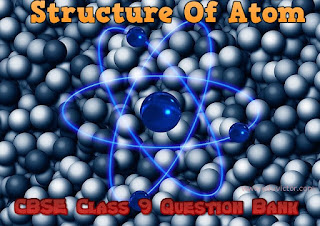Properties Of Quadrilateral Figures
(Worksheet)
Question. Fill in the blanks (True or False) for the properties of the following figures:
| Property | Parallelogram | Rhombus | Rectangle | Square |
|---|---|---|---|---|
| 1. Both pairs of opposite sides are parallel and equal. | ? | ? | ? | ? |
| 2. Both pairs of opposite angles are equal. | ? | ? | ? | ? |
| 3. Diagonals bisect each other. | ? | ? | ? | ? |
| 4. Diagonals are equal. | ? | ? | ? | ? |
| 5. Each angle is 90° | ? | ? | ? | ? |
| 6. Diagonals intersect at right angles. | ? | ? | ? | ? |
| 7. All sides are equal. | ? | ? | ? | ? |





